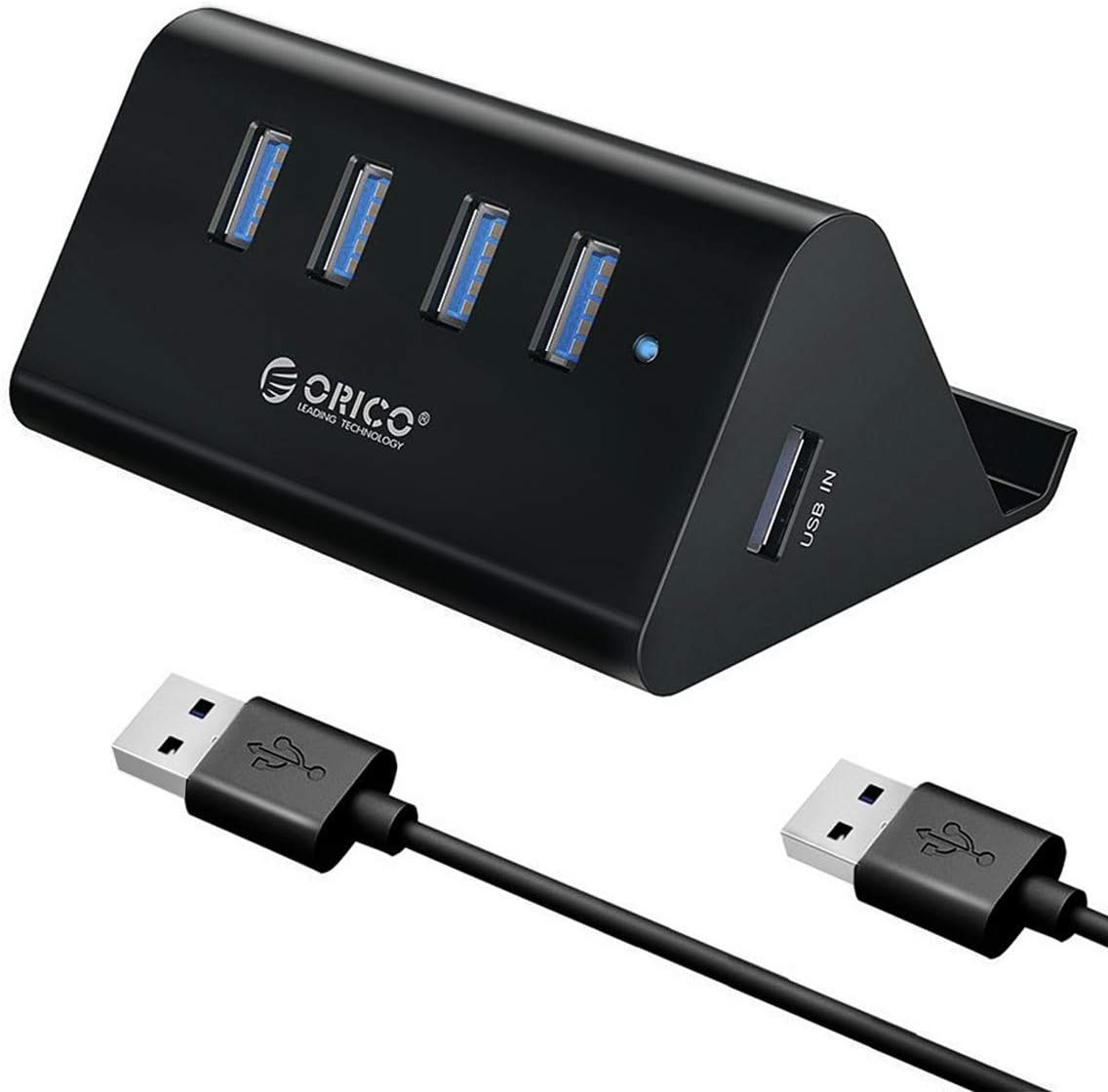USB port types and names


2-meter version USB-C to Lightning Cable (1m) USB-C to 4-Port USB 3.0 Hub The new MacBook Pro comes with two or four external ports, depending on the model you pick. And the new MacBook Air. Dec 12, 2018 For the first time since 2014, Apple has introduced a new Mac mini. The 2018 Mac mini comes with quad- and 6-core processors, up to 64GB in memory, and all-flash storage. It ships with 128GB or 256GB SSD. The four Thunderbolt 3 (USB-C) ports support external devices using DisplayPort, Thunderbolt (up to 40 Gbps), and USB 3.1 Gen 2 (up to 10 Gbps). Monitor 1: driven by Mac mini HDMI port (HDMI-to-HDMI cable) Monitor 2: driven by Mac Mini thunderbolt port (I used this thunderbolt-to-DVI cable) Monitor 3: driven via USB 3.0 adapter (I used this one from CableMatters and have had zero issues with flicker/performance, although I am not trying to play games or watch video on it.I use it for. The Mac mini was introduced as the least expensive system ever shipped by Apple, packing modest performance in extremely compact and elegantly simple cases. The Mac mini can be divided into three basic groups - PowerPC, Intel Polycarbonate, and Aluminium. However, there are significant differences between systems within each group.
USB (Universal Serial Bus) is an industry standard for connecting computers and other devices. It's available with many types of ports, and each type has a unique shape. On Mac computers, USB is available with these ports, depending on your Mac model:
USB-A
Type USB-A ports are commonly called USB, USB 2, or USB 3 ports, depending on the USB specification they support. They aren't reversible, so a USB-A connector plugs into the port only when oriented correctly.
USB-C
Type USB-C ports are available as either standard USB-C ports or Thunderbolt 3 ports that also support USB-C connections. They both look the same, and the connector plugs into the port in either orientation.
Learn more about identifying the ports on your Mac, as well as the adapters and cables you can use to connect older devices to type USB-C ports.

USB specifications
USB specifications are important primarily when you want the most speed and power for your USB device, or your device needs more power or is using too much power. Every USB port supports a particular USB specification, which determines the port's maximum>USB specifications on MacData transferPowerUSB 3.1 Gen 2
Also known as USB 3.2 Gen 2
Up to 10 GbpsUp to 15W at 5VUSB 3.1 Gen 1
Also known as USB 3.2 Gen 1 or USB 3
Up to 5 GbpsUp to 900 mA at 5VUSB 2.0
Up to 480 MbpsUp to 500 mA at 5VUSB 1.1
Up to 12 MbpsUp to 500 mA at 5V
To learn which specification is supported by a type USB-A or type USB-C port on your Mac model:
- Choose Apple menu > About This Mac, click Support, then click Specifications.
- Check the System Information app for more details, including about USB devices connected to USB ports on your Mac. Select USB in the sidebar, then select a USB bus on the right.
Get the best performance from your USB devices
USB specifications all work with each other, but speed and power are limited by the cable or device that uses the earliest specification. For example, if you connect a USB 3 device to USB 2 port, your device is limited to USB 2 speeds, and it can't draw more power from the port than can be delivered over USB 2. In other words, to get the best performance, make sure that the USB port on your Mac and the USB cable to your device meet or exceed the USB specification of the device itself.
If your Mac doesn't recognize a USB device after you plug it into your Mac:
Usb 3 Mac Mini

- Check all connections: Unplug the device from your Mac, then plug it back in, and make sure that all cables and adapters are securely connected at both ends. Test with another cable or adapter, if available.
- Plug the device directly into your Mac instead of a USB hub or other device, and if necessary test with a different USB port on your Mac or device.
- Some devices need their own software, such as drivers or firmware. Others work without additional software. Check with the maker of your device, and install all available Apple software updates as well.
- If your device came with an AC power adapter, use it. Some devices can be powered by the USB port on your Mac. Others need more power than your Mac can provide.
- Restart your Mac.
Usb 3 Mac Mini 2011
Learn more
Usb 3 Hub For Mac Mini
- USB 3 devices can create wireless interference that affects Wi-Fi and Bluetooth devices. Learn how to resolve Wi-Fi and Bluetooth issues caused by wireless interference.
- Mac notebook computers with USB-C or Thunderbolt 3 can charge over that port using a compatible USB-C power adapter and cable.
